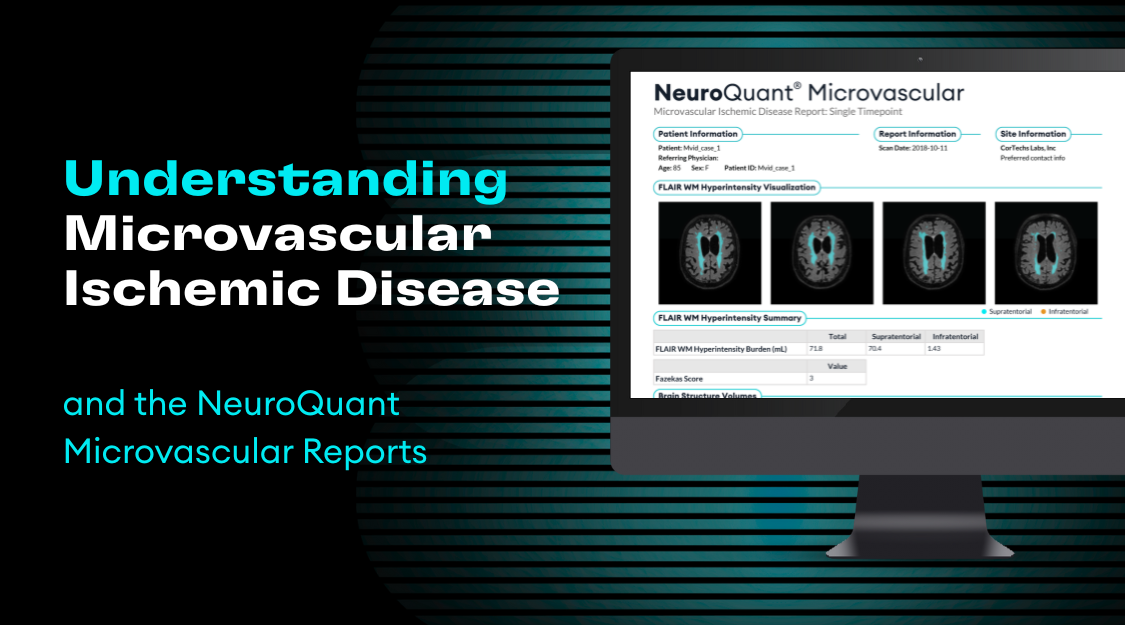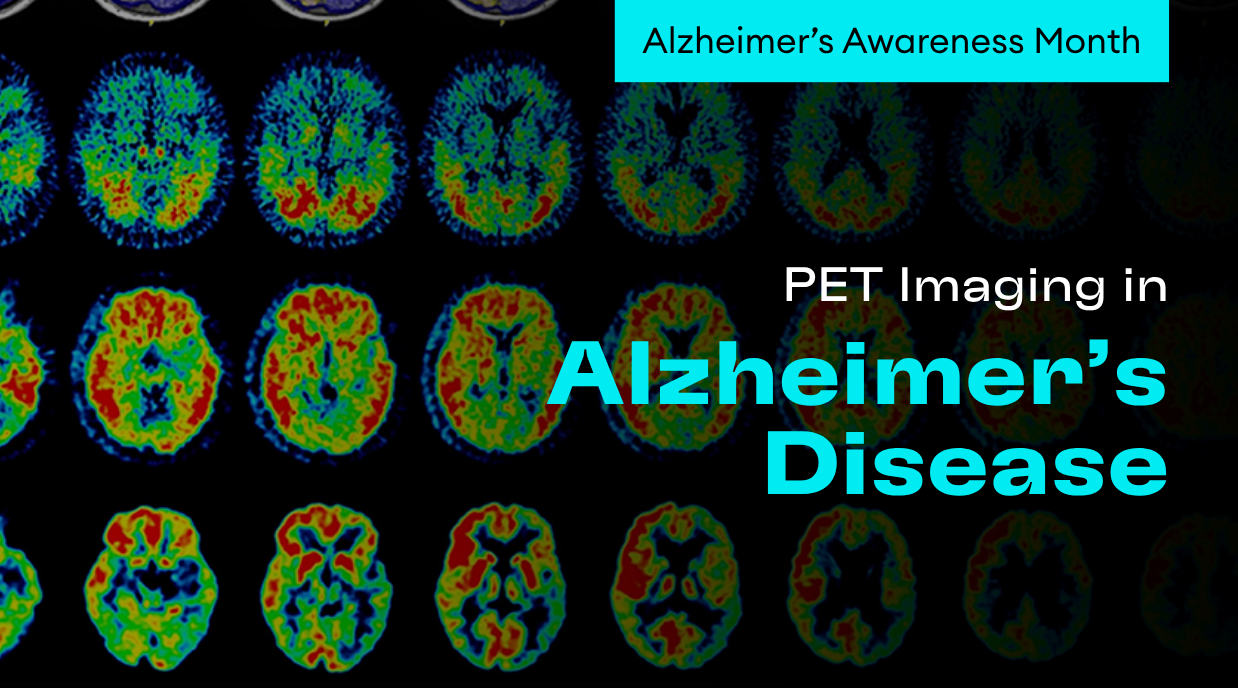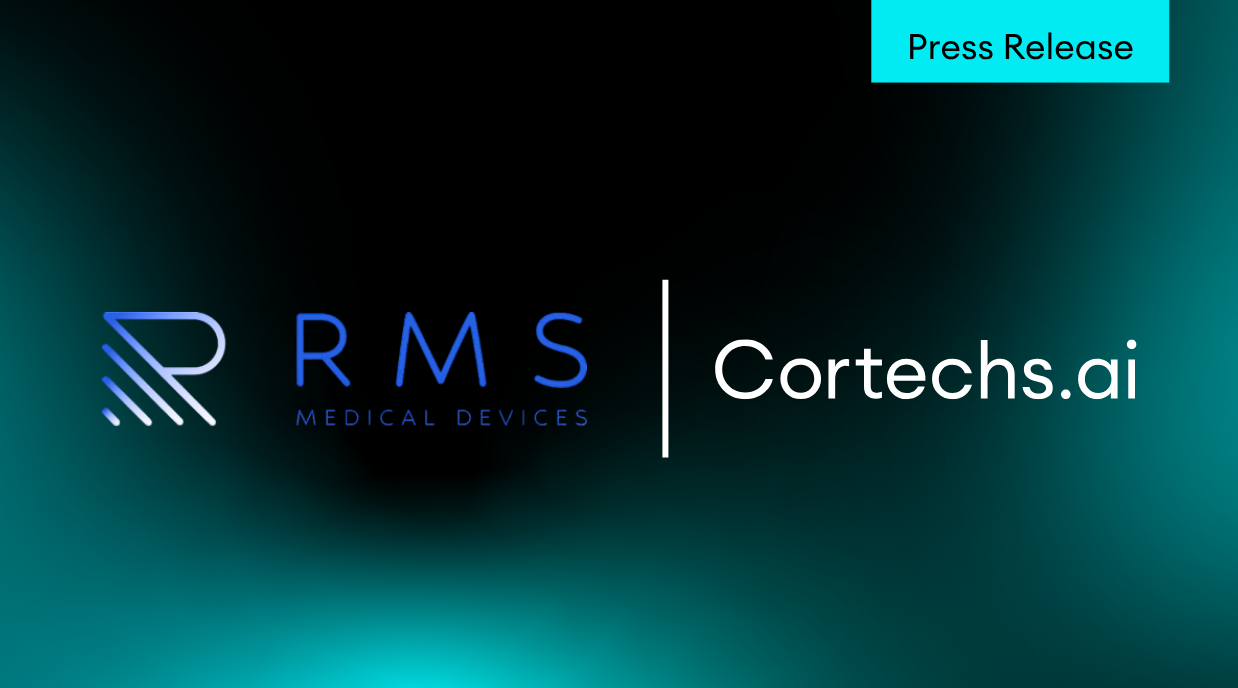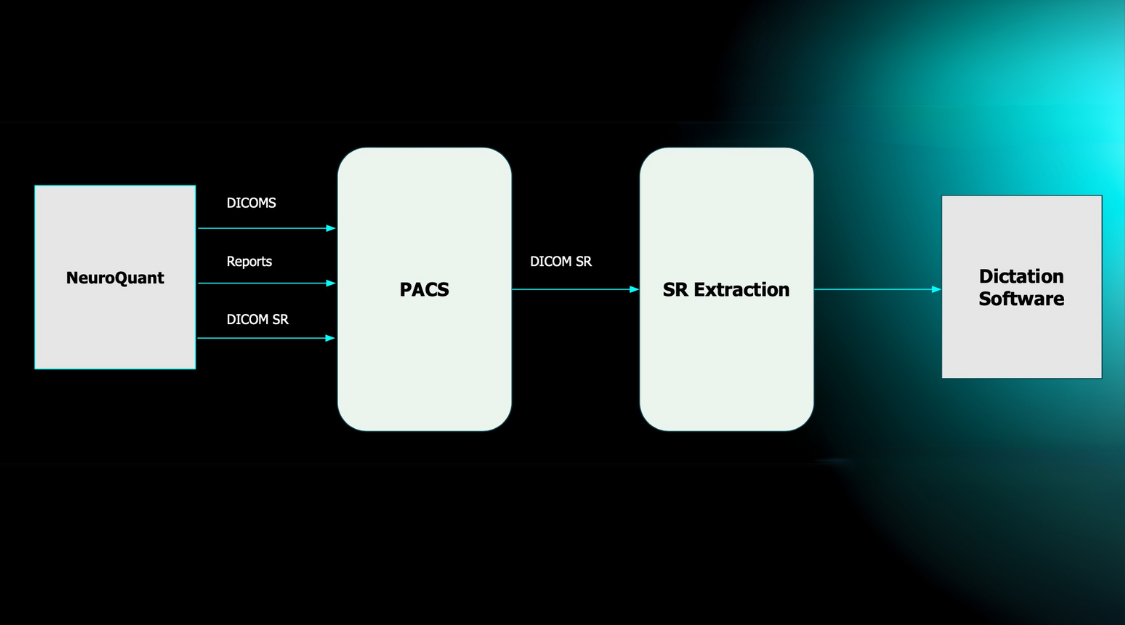Technology derived from UCSD researchers to further develop new volumetric imaging products
(SAN DIEGO) September 11, 2019 – Cortechs.ai, the leader in AI-based brain image quantification, has announced that it has entered into licensing agreements with the University of California San Diego (UCSD), allowing the company to utilize several technologies focused on expanding the role of volumetric magnetic resonance imaging (MRI) in clinical practice.
“These technologies out-licensed from UCSD significantly expand our IP portfolio and will contribute to further development of our flagship product, NeuroQuant® as well as more broadly grow our quantitative MRI focused product lines,” said Dr. Chris Airriess, CEO of Cortechs.ai. “We are excited about the improvements these new technologies will bring to radiology workflow and, most importantly, to patient care in general.”
The technologies licensed from UCSD will allow Cortechs.ai to utilize the specific systems, methods, and software needed to better quantify communications pathways within the brain as well as accurately pinpoint regions of pathology as part of an automated processing stream. Technologies ready for implementation and sub-licensing include advanced techniques for image distortion correction due to magnetic field inhomogeneities, as well as active correction for patient movement in the scanner, which is critical for imaging of some patient populations.
These in-licensed technologies will help Cortechs.ai drive the ongoing evolution of current flagship products, NeuroQuant, LesionQuant™ and PETQuant™, as well as partner with other companies to bring novel AI-based solutions to the volumetric imaging space.
About Cortechs.aiCortechs.ai develops and markets breakthrough medical device software solutions capable of automatically segmenting and quantifying brain structures, making quantitative analysis of the human brain a routine part of clinical practice. Cortechs.ai’ cutting-edge brain imaging analysis provides neurologists, radiologists and clinical researchers worldwide with a convenient and cost-effective means to quantify brain structures to help assess a variety of neurological conditions, such as Alzheimer’s disease, epilepsy, multiple sclerosis, brain trauma and brain development abnormalities. Please visit cortechs.ai for further information and follow us on Twitter, LinkedIn and Facebook.
###






